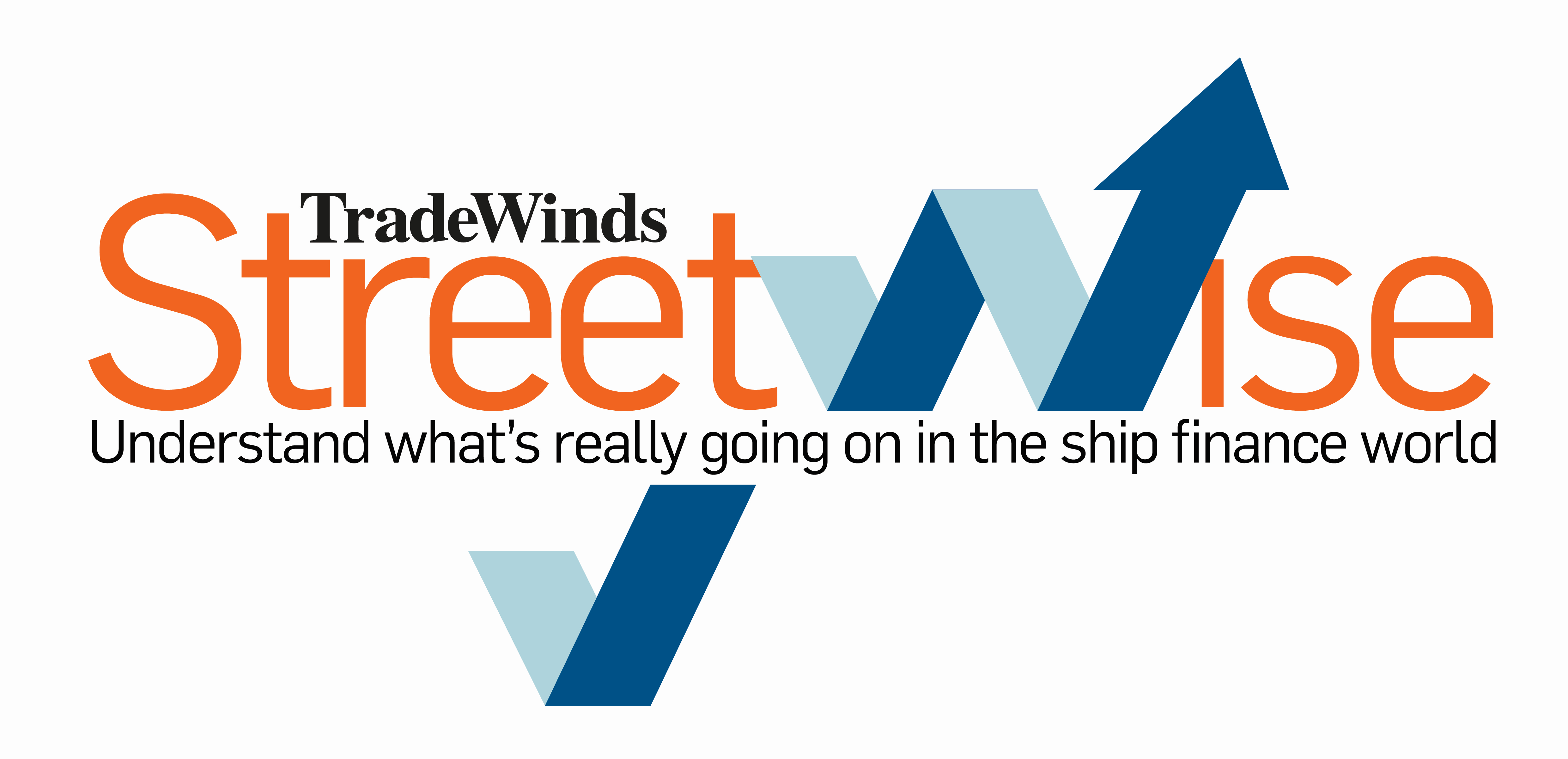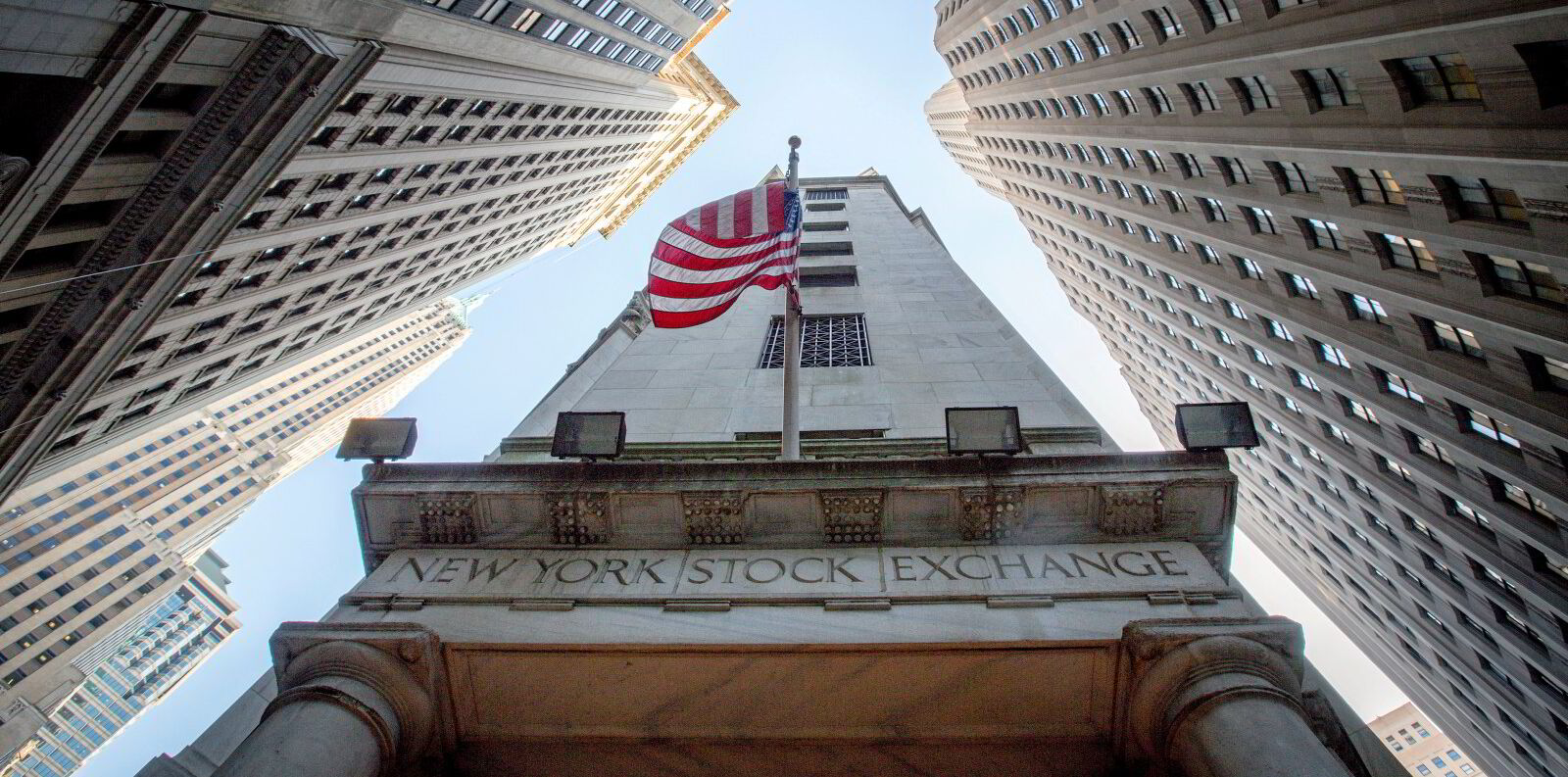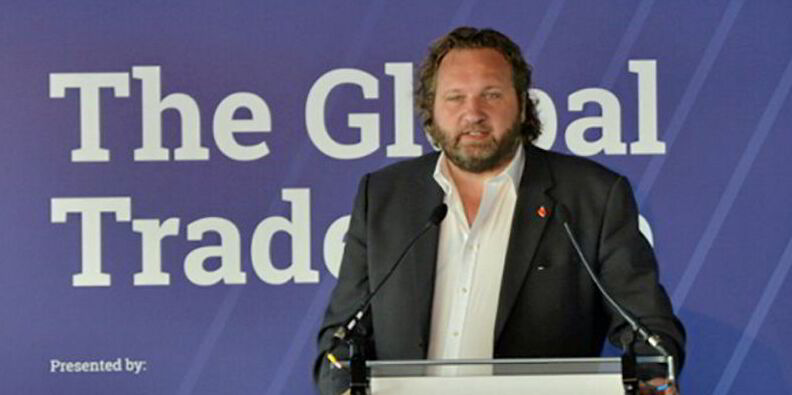New York stocks were headed for a second straight day of sharp sell-offs after Friday’s carnage — triggered by a troubling US jobs report — spread to global stock markets.
Shipowners have been surveying the wreckage, reassuring investors and reviewing their own stock portfolios for new opportunities to buy the dip, following a brutal day for global equities.
And by midday both the wider US stock indices and individual shipping stocks were beginning to pare earlier losses.
Most US shipping stocks still showed losses of between 2% and 4%, but the numbers were creeping up from lows near the start of trading.
Likewise the Dow Jones Industrial Average, while down 790 points or 2%, had rebounded from an opening fall of more than 1,000 points. A Nasdaq drop of 2.7% also showed improvement from an opening deficit exceeding 4%.
For the shipping equities, only container-ship stocks seemed to buck the trend.
Greece’s Danaos and Costamare both showed gains of 0.5% and 1% respectively, while Israeli liner operator Zim was up about 0.6%.
Elsewhere all was red ink.
In tankers, bellwethers Frontline and International Seaways each fell about 4%, while clean-market leaders Scorpio Tankers and Hafnia each fell around 2%.
Dry bulk leaders Star Bulk Carriers, Golden Ocean Group and Genco all shed between 3% and 4%.
It was more of the same in gas, with Dorian LPG down 4%, and Navigator Gas Holdings and Flex LNG both dipping 2.2%.
Every major US stocks index was solidly in the red in pre-market trading on Monday.
The Dow Jones Index lost more than 1,000 points before the bell, while Nasdaq futures bled more than 4%.
This comes after nearly all Oslo-listed shipping companies were down in early trading on Monday, while Clarksons and Braemar shares took a battering in London following the largest Nikkei Stock Average drop since 1987.
Wall Street’s “fear gauge” — the CBOE Volatility Index — soared, reaching its highest level since the early days of the Covid-19 pandemic.
TradeWinds asked one major owner who did not want to be identified whether the weakness reflected a blip, or something far more serious.
“Who knows?” he said. “On a personal basis, I’m watching and waiting to buy this. But I haven’t started yet.”
Retail investors and other generalists who have entered the market in the past few months are doubtless being scared off, he added.
A second owner opined that stocks have been too high for too long in general and for shipping in particular.
One senior executive for a US-listed company noted that the slide has little to do with the sector.
“This fall has not been caused by shipping stocks. It is a general move away from risk, sparked by geopolitical concerns.”
When the eventual disruption that is feared eventually happens, it might well prove positive for shipping, as happened in the aftermath of Covid-19 and Russia’s invasion of Ukraine, he said.
Another senior executive counselled a wait-and-see approach.
“As so much is sentiment and rumour driven in the markets, we really need to see how this plays out and if the fears that have driven today’s drop in Japan, and subsequently in Europe, materialise over the near term,” he said.
One player offered a more optimistic view: “I believe it’s temporary, perhaps a combination of negative sentiment plus falling rates especially for wet — let’s see.”
Shipping equities had outperformed the market throughout the first part of the year. However, the tide turned in the past month, with tanker and dry bulk down by 8% and 14%, respectively, in the past month, according to Clarksons.
One public shipowner that has worked hard to buttress its balance sheet against such volatility is New York-listed Scorpio Tankers, which has cut billions in debt and reduced its daily financial breakeven cost to $12,500 per day fleetwide.
The progress allowed president Robert Bugbee to view the market carnage with a bit more ease.
“Fundamentals remain intact,” Bugbee said.
“It’s great to have a deleveraged balance sheet, great to have increased share buybacks, great not to have to pay high dividends out when the stock is trading at a steep dislocation to NAV [net asset value]. And it’s great not to have a large orderbook to fund.”
Even so, Scorpio shares were down nearly 6% to below the $70 line in pre-market trading, their lowest point since 1 May.







